Candida krusei is an inherently harmless yeast that occurs in the body of humans, animals and even plants. Under special, favorable conditions, it can multiply explosively and cause locally limited mycoses and in extreme cases even systemic mycoses up to blood poisoning. Candida krusei is becoming increasingly important in the health and care sector because of the rapidly growing number of high-risk patients.
What is Candida Krusei?
The yeast Candida krusei denotes one of a total of 17 Candida genera and is a subspecies of Candida albicans, a very common yeast. Candida krusei does not pose a threat to people with an intact immune system. However, patients with a permanently or temporarily weakened immune system and those who are already resistant to drugs that are normally used to fight the fungus are particularly at risk.
Candida krusei can live in various environments and shows itself in immune-weakened patients with many different symptoms that are not easy to assign to the yeast, as they appear rather unspecific. If Candida krusei spreads throughout the body, in addition to drug therapy with chemical and natural remedies, only a complete change in diet will help to suppress the fungus in the body.
Since the Candida fungus, like others of its kind, lives on carbohydrates and sugar, the patient must avoid all types of sugar (to a limited extent: fructose) and flour products. The anti-fungal diet is rich in complex carbohydrates such as vegetables and potatoes and goes hand in hand with an intestinal rehabilitation (supply of probiotics). In the worst case, the fungus causes superficial colonization in people with only briefly restricted immune systems, which can be eliminated with antimycotics.
In industry, Candida krusei is used to debitter cocoa beans. This gives the cocoa its characteristic aroma. The mushroom is also used to ripen baker's yeast and certain types of cheese (Harz cheese). Candida krusei is even used for the industrial production of ethanol.
Occurrence, Distribution & Properties
Candida crusei is a diploid yeast and can be found in many different habitats. It colonizes foods such as alcohol, meat and fruit juice and occurs in sewage and soil.
It also finds optimal growth conditions on and in the human body. He prefers moist, warm areas of the body on the armpits, male and female genitals, skin folds, the anal area and the spaces between toes and fingers. It is also part of the normal intestinal flora.
If it spreads through the bloodstream within the body (systemic candidiasis), it mainly affects the mucous membranes of the organs. These are in particular the stomach, spleen, liver, kidneys and lungs. It can then be detected in saliva, blood (antibodies and leukocytes), stool and urine. To do this, the physicians create special fungal cultures on Sabouraud agar and carry out a polymerase chain reaction.
The highly contagious Candida krusei fungus is transmitted from person to person (saliva, sexual intercourse, sharing the same towels, etc.) and spreads particularly quickly in hospitals and care institutions, as it finds many people there with a weakened immune system. Patients who are or have been treated with immunosuppressants, cortisone and broad spectrum antibiotics, people with AIDS, cancer, drug addiction, hematological malignancies, transplants, diabetes mellitus and intravenous catheters are particularly at risk.
Since the Candida krusei infection can be mistaken for a normal bacterial infection, there is a risk that the person will be treated with antibiotics - which makes the Candida infection worse. In extreme cases, the organ can even fail. To prevent the aggressive yeast fungus from spreading in the body beyond normal levels, a healthy, low-sugar diet is recommended, with only a few simple carbohydrates. Immune-boosting measures and reducing stress can also help prevent Candida krusei from spreading.
Illnesses & ailments
Candida krusei causes locally limited mycoses of the skin and mucous membranes. Candidiasis appears on the skin in the form of a reddish area of skin covered with scales and bordered by a red border that itches and burns severely. In the oropharynx, the infection with Candida krusei consists of oral thrush (coating with white circular areas that clearly stand out from the reddened mucous membrane and can be easily wiped off). Denture wearers are particularly at risk of developing oral thrush.
The nails can also be attacked and destroyed by the rapidly spreading yeast. On the fingernails there are usually narrow longitudinal stripes. Babies and incontinent patients who are swaddled can develop diaper dermatitis from Candida krusei.
The yeast also affects the genital region of men (foreskin and glans) and women (vagina). Chronic Candida krusei infection recurs in 5% of women (4 recurrences per year). Pregnant women, women who take birth control pills and those who frequently change their sexual partner have a high risk of getting the annoying abdominal infection (increased risk of infection).
Local antimycotics are usually used against the external infection with Candida krusei. Systemic candidemia, which is very rare, can be treated well with intravenous drugs. However, if the yeasts spread unhindered throughout the body, in extreme cases Candida sepsis can occur. It ends fatally in 7 out of 10 cases.
The problem is that Candida krusei is already resistant to various antimycotics, such as mycostatin, micafungin, anidulafungin and caspofungin. Itraconazole and fluconazole can no longer fight the fungus efficiently either.


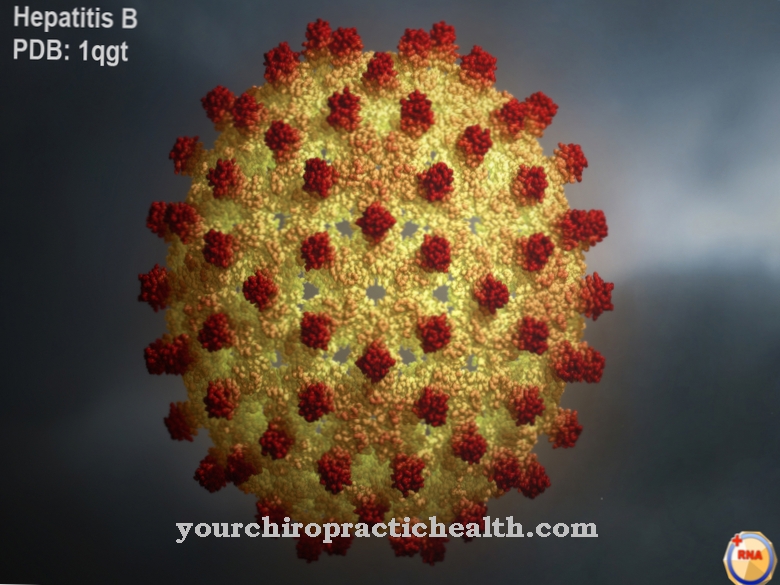
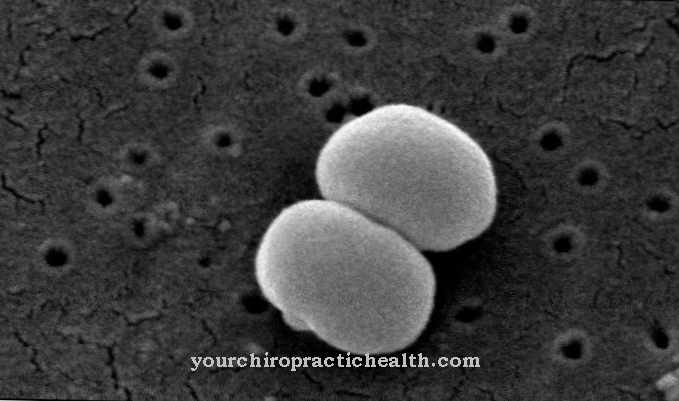
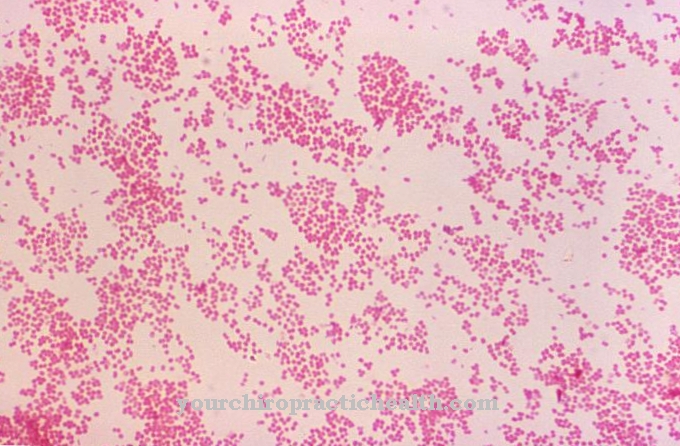
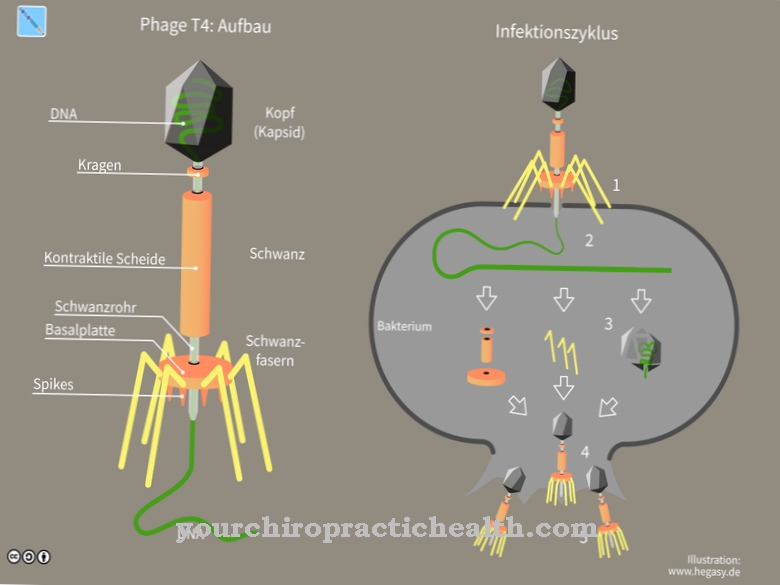
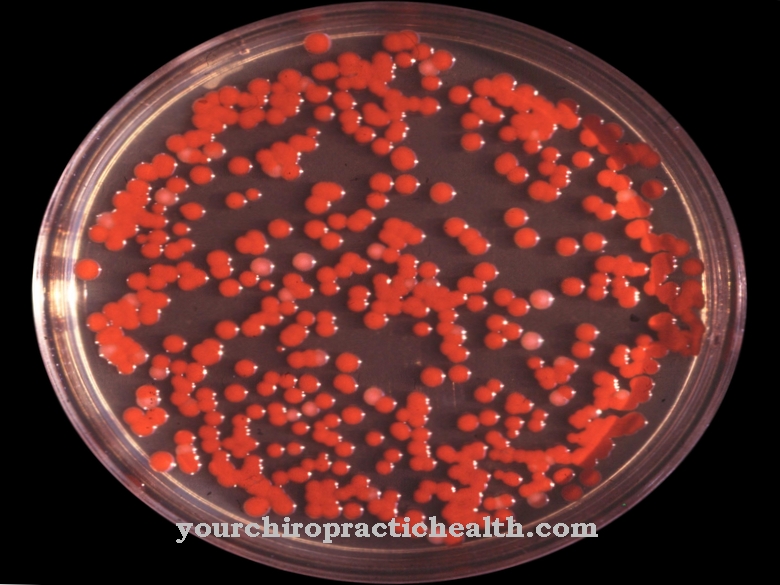










.jpg)



.jpg)

.jpg)




